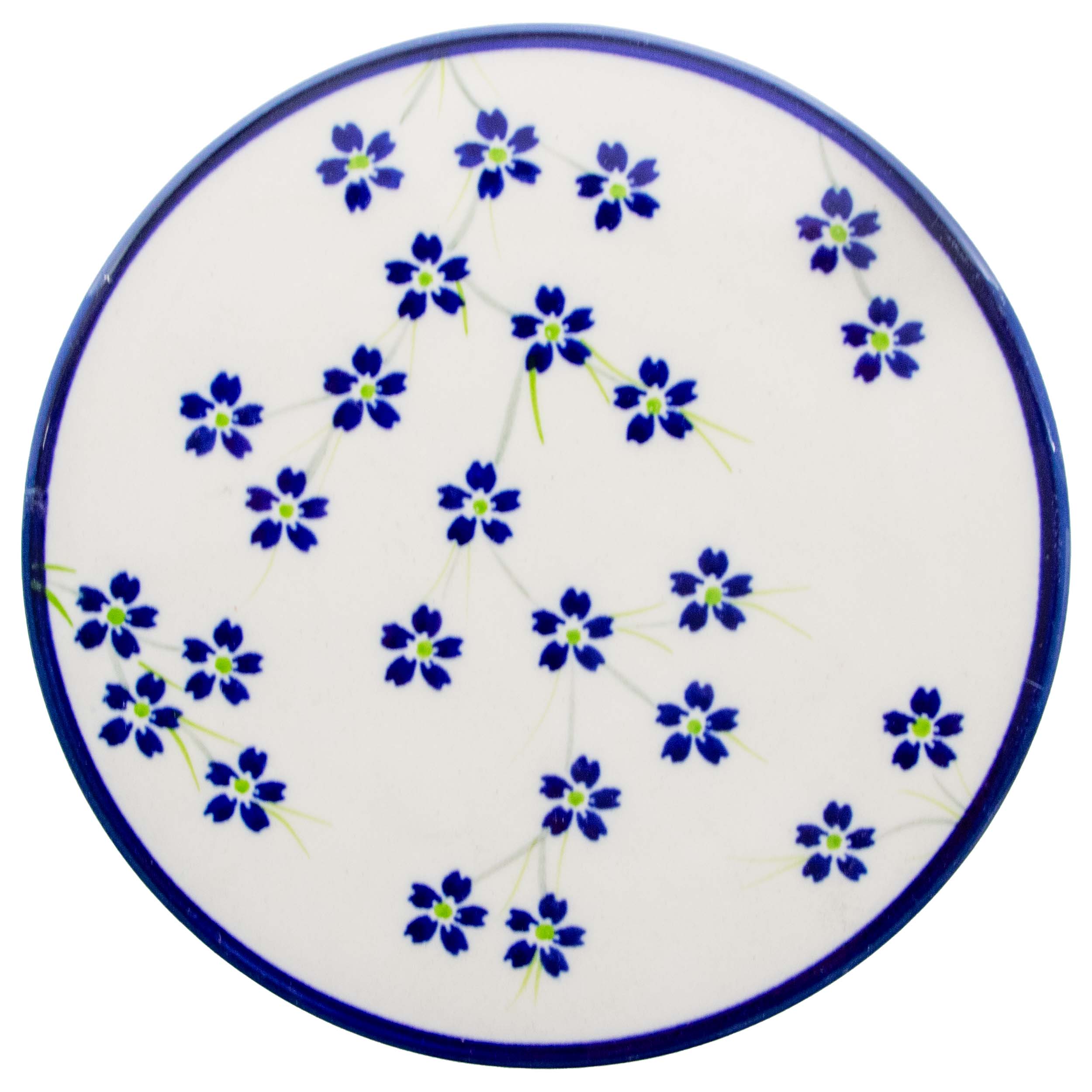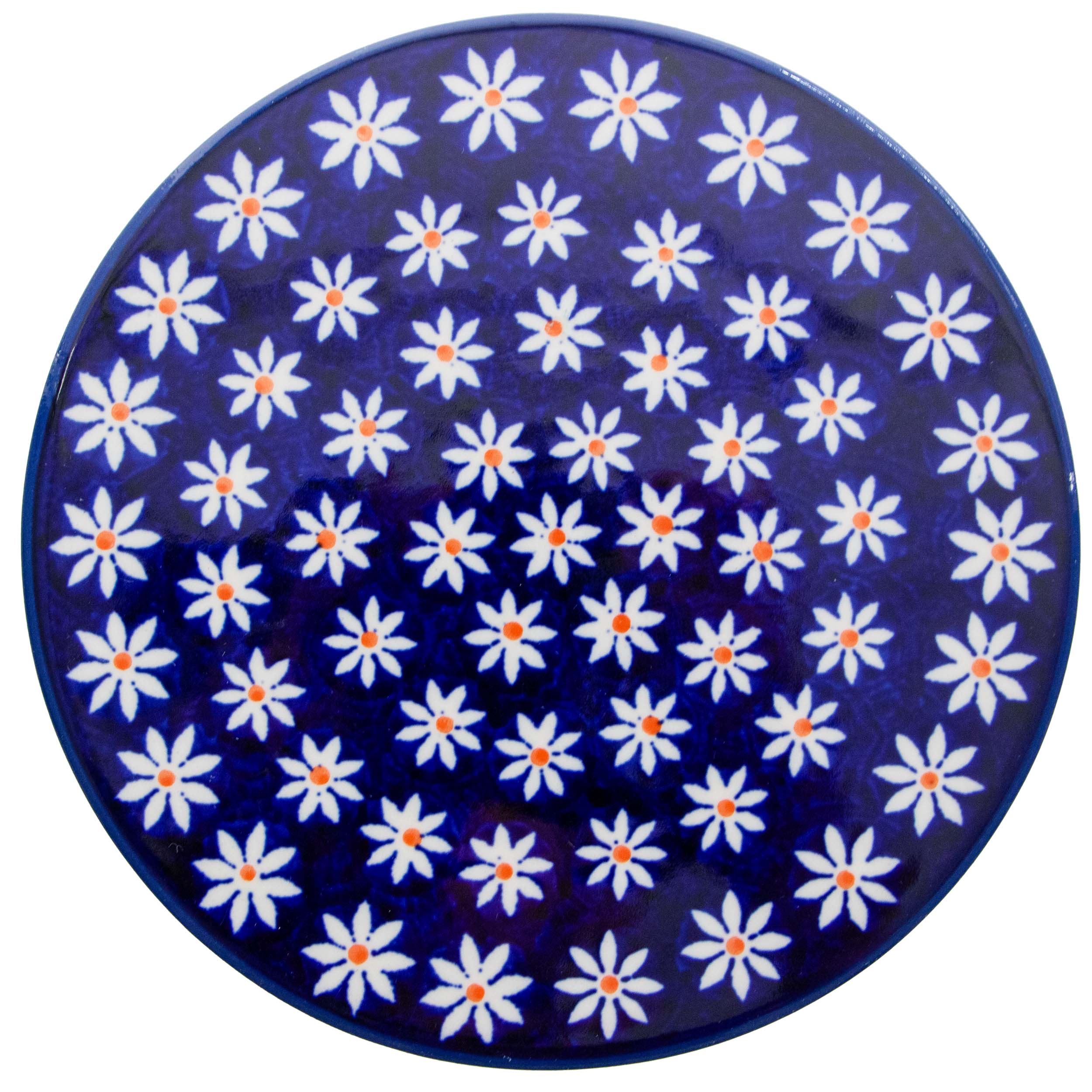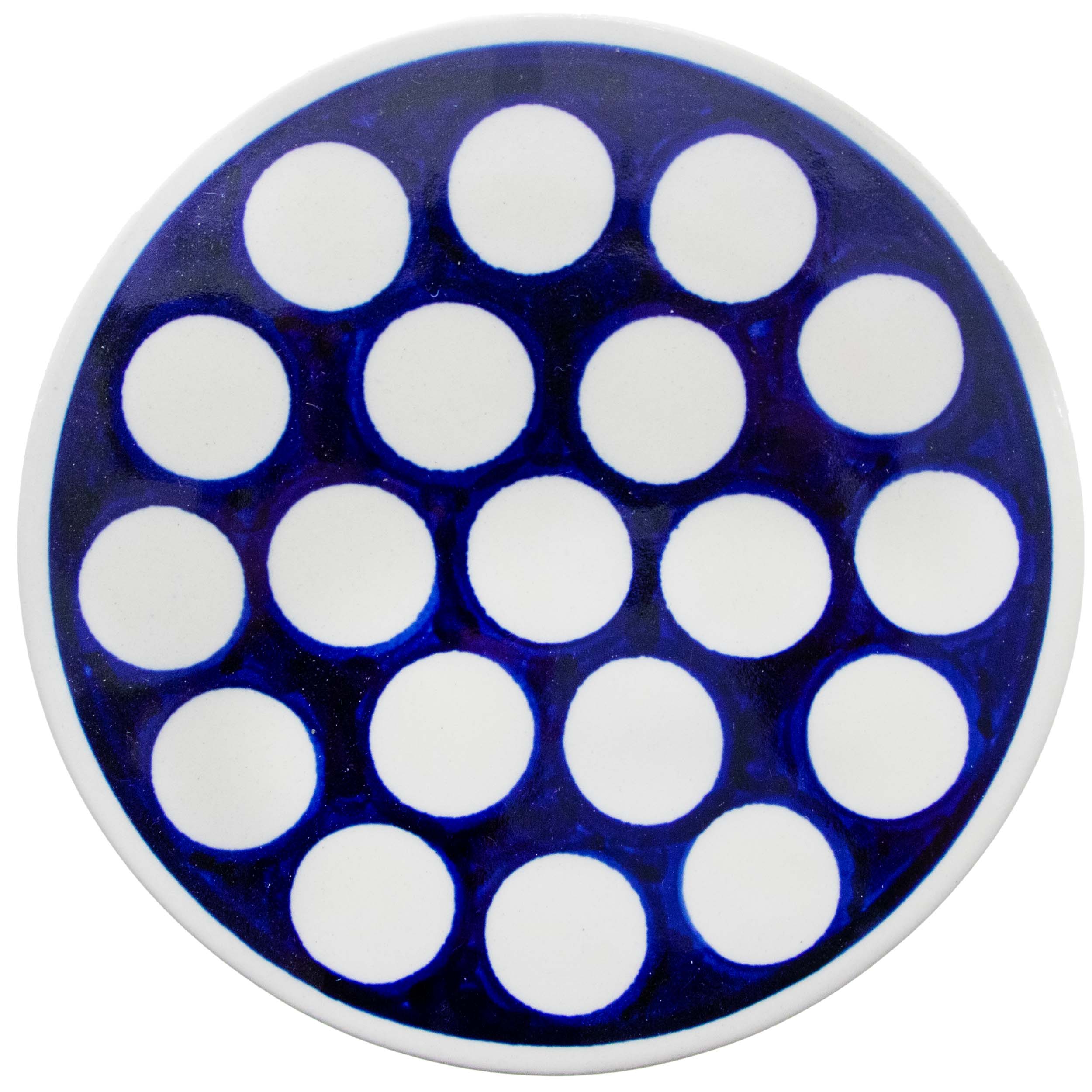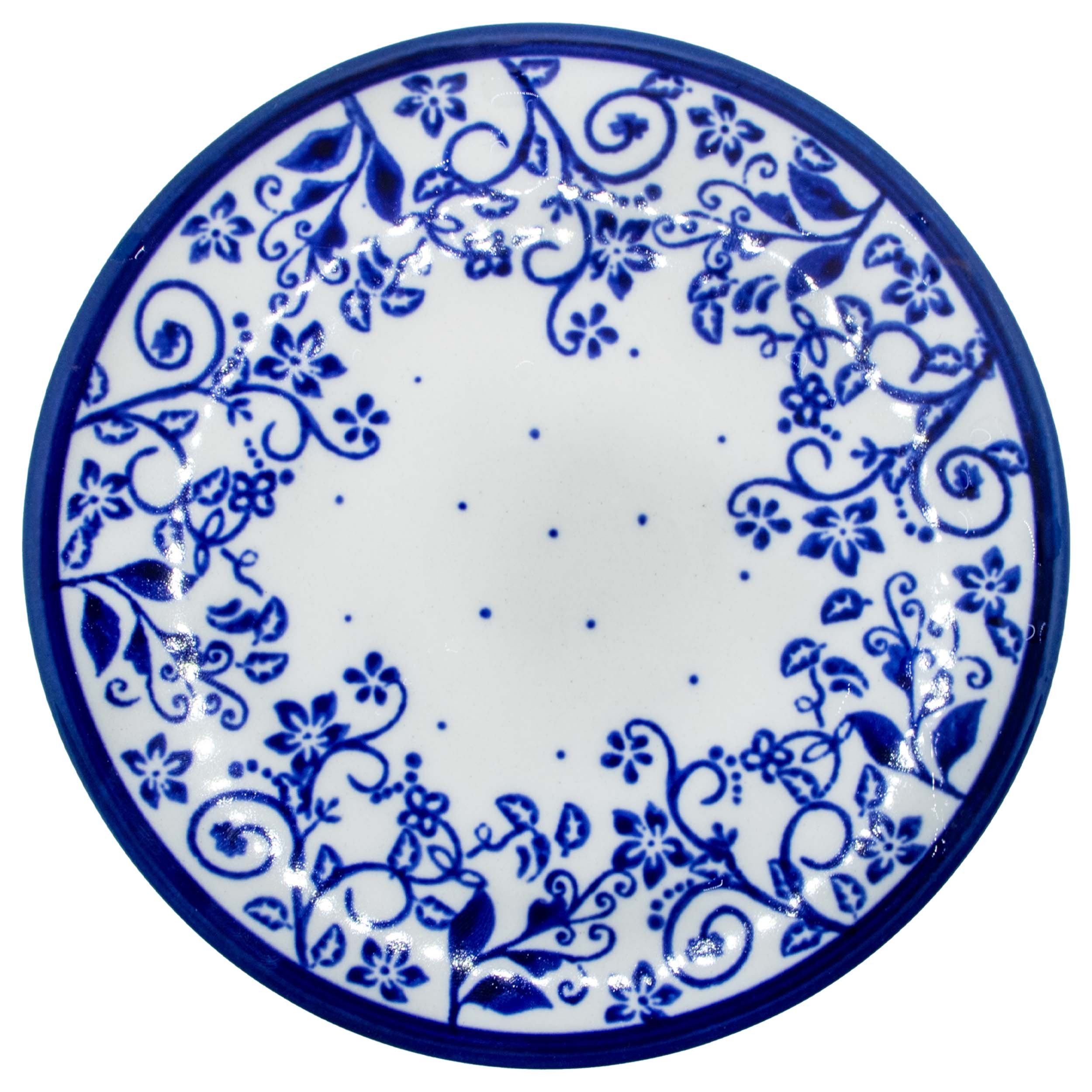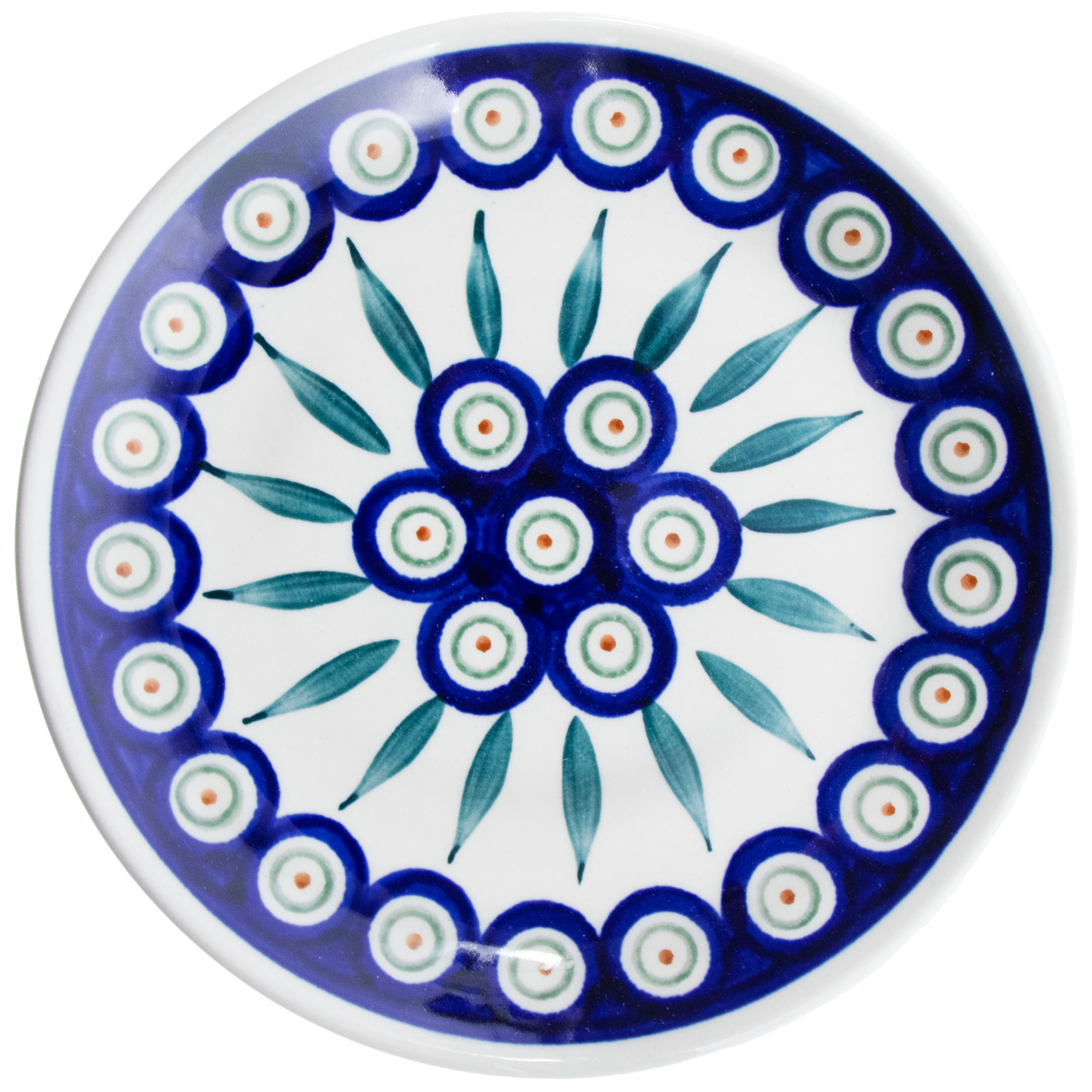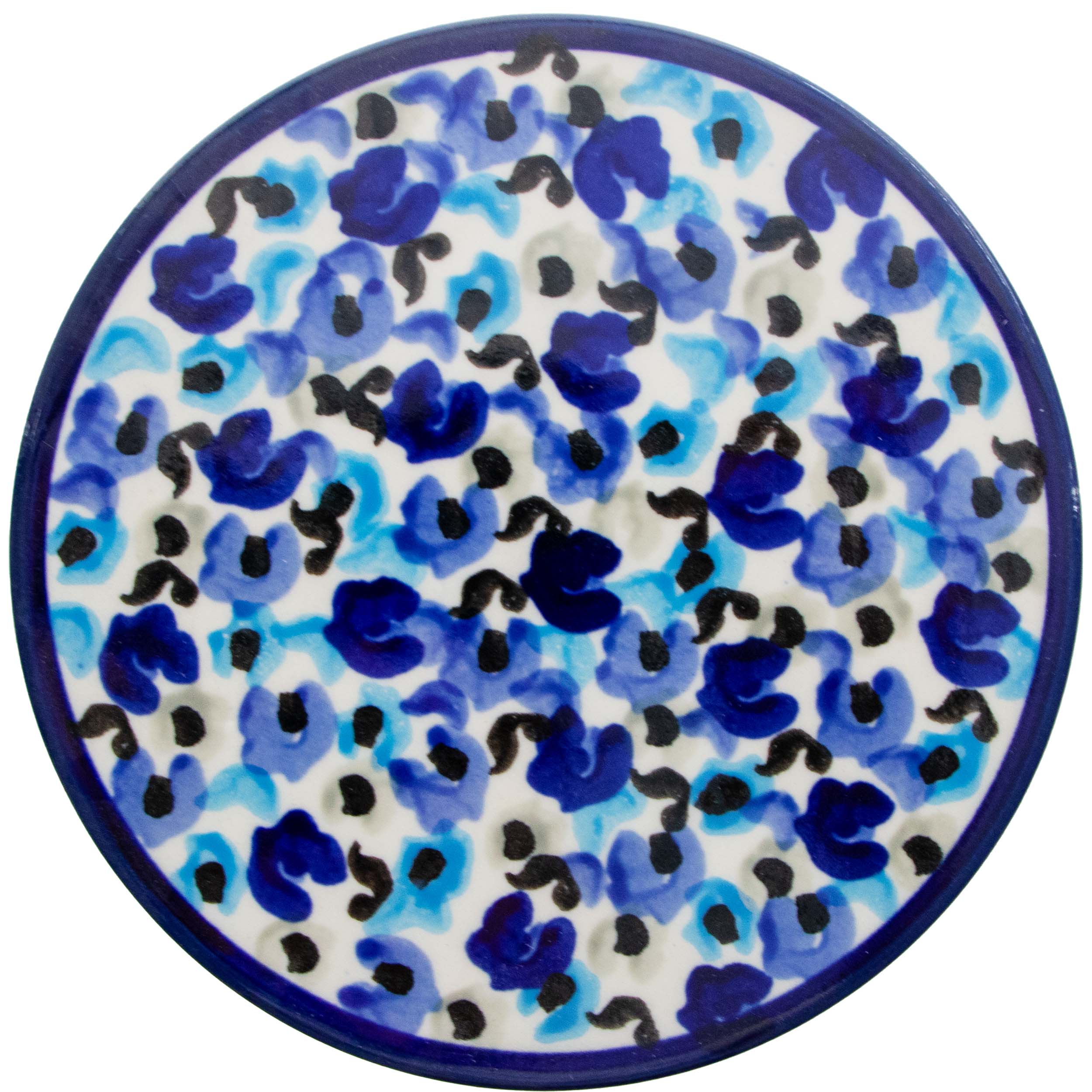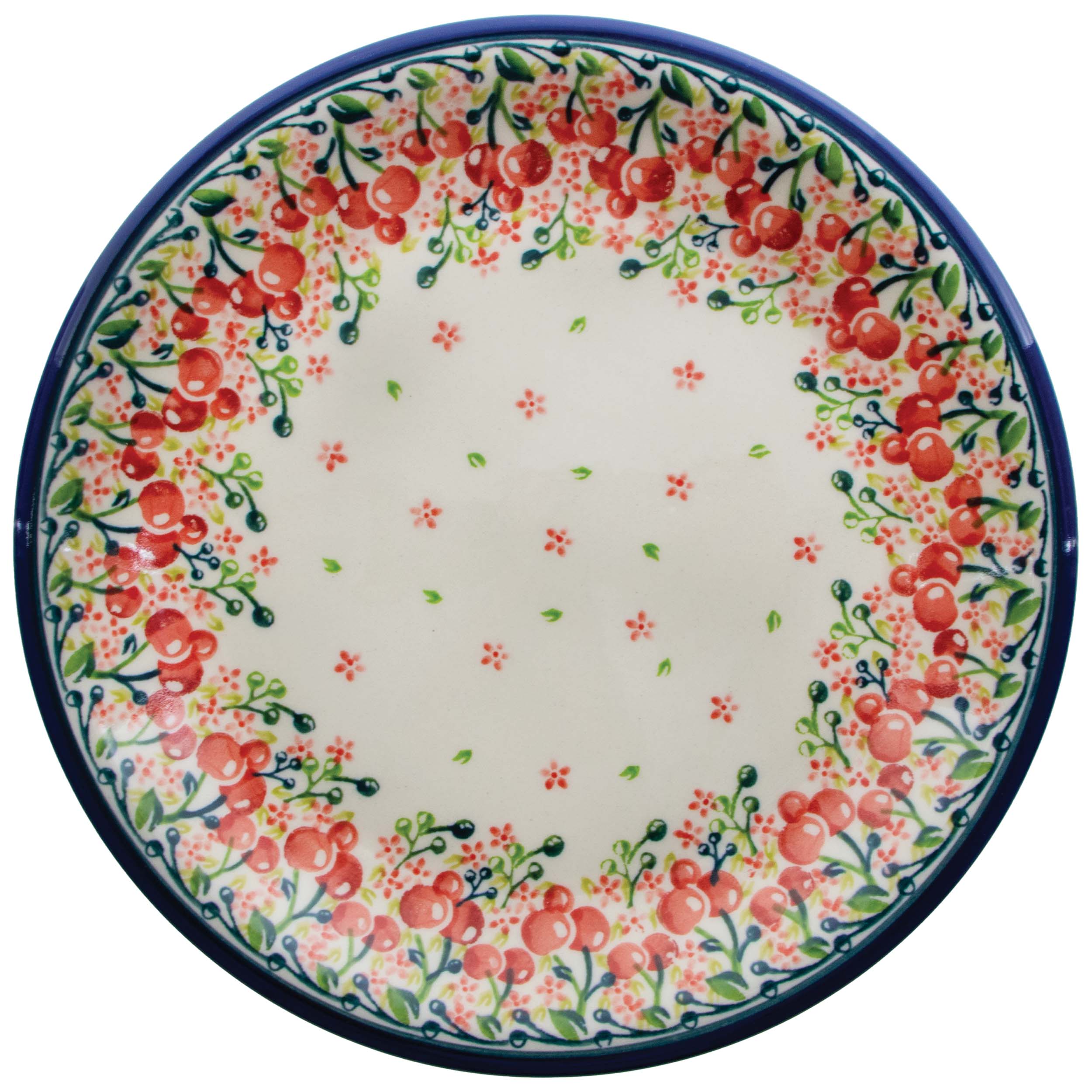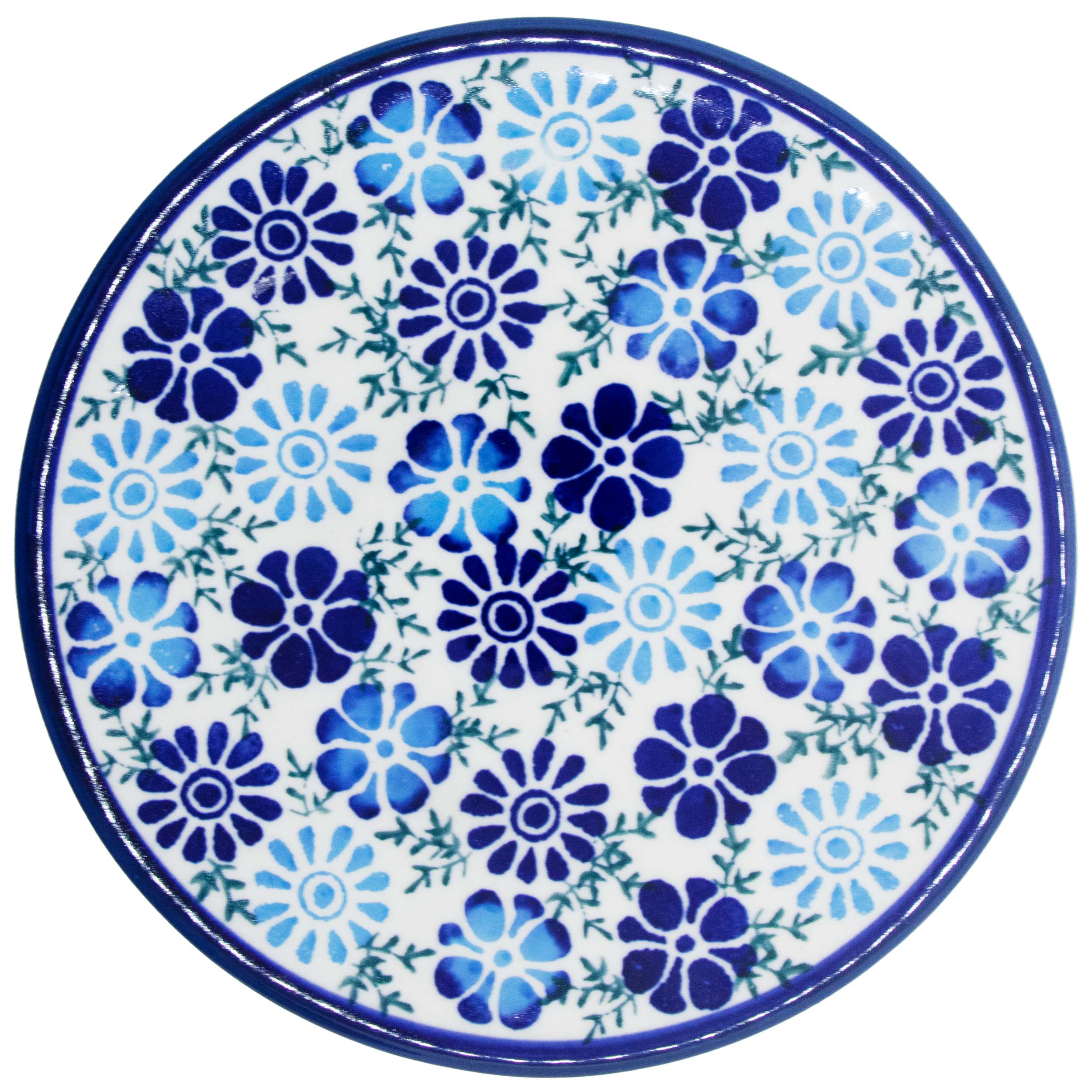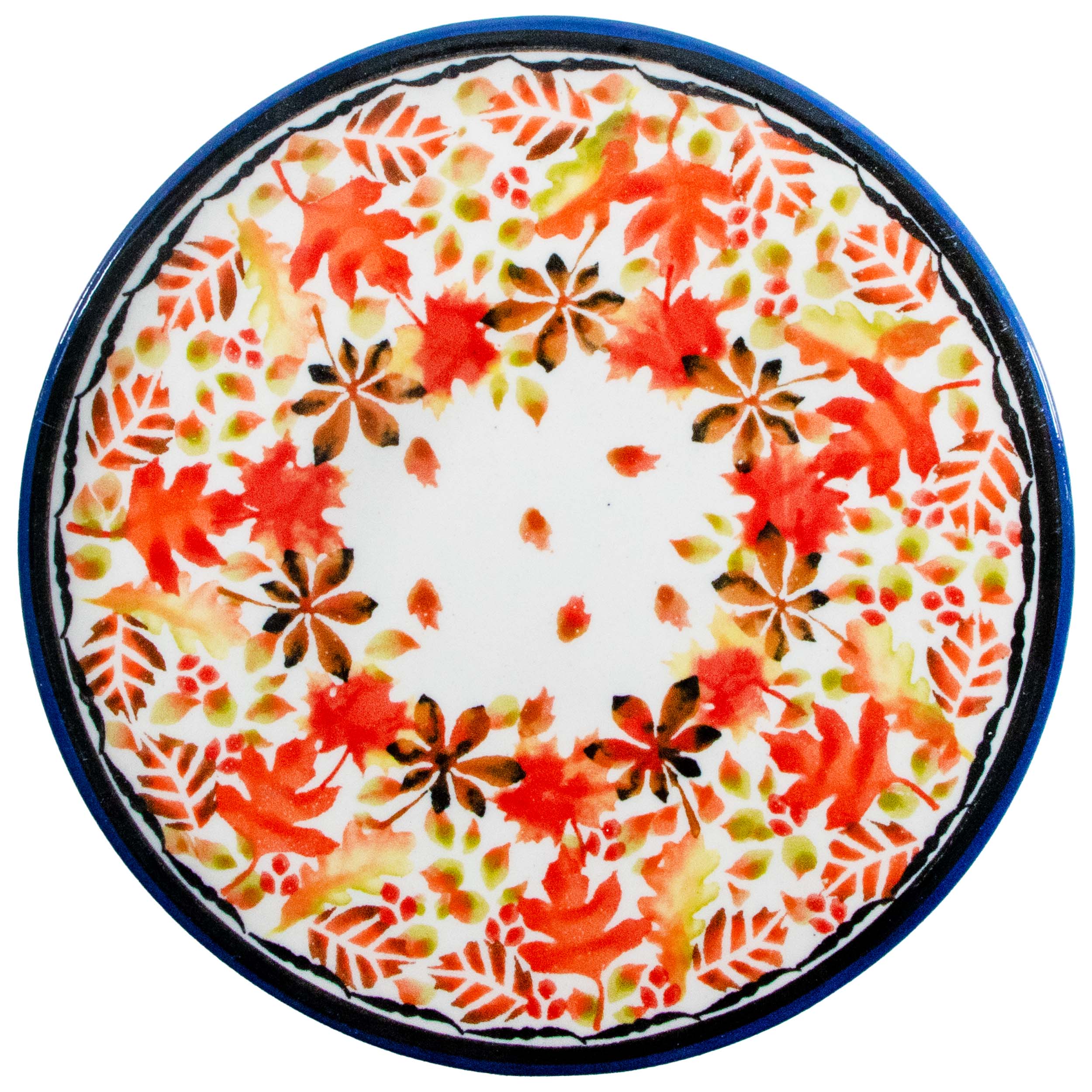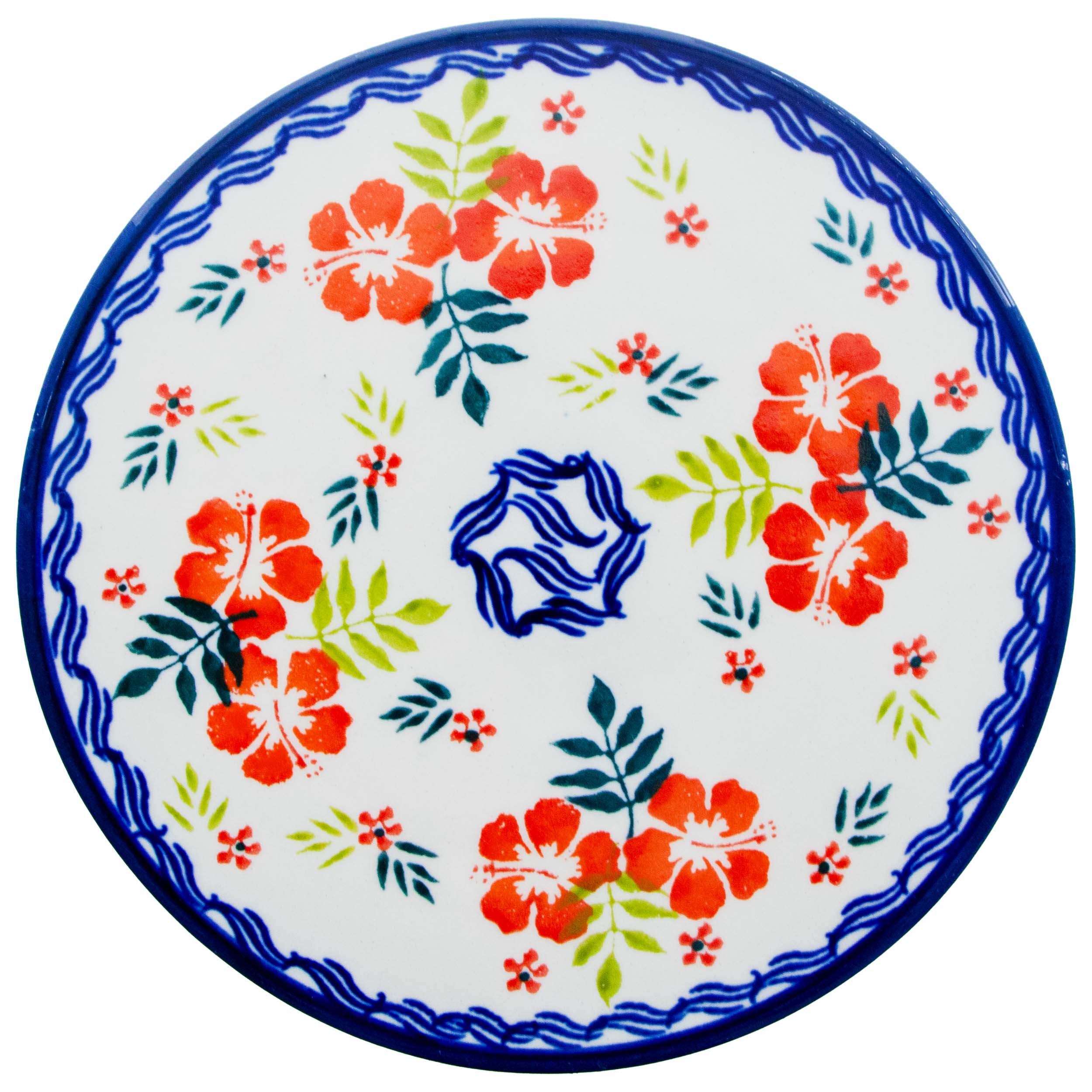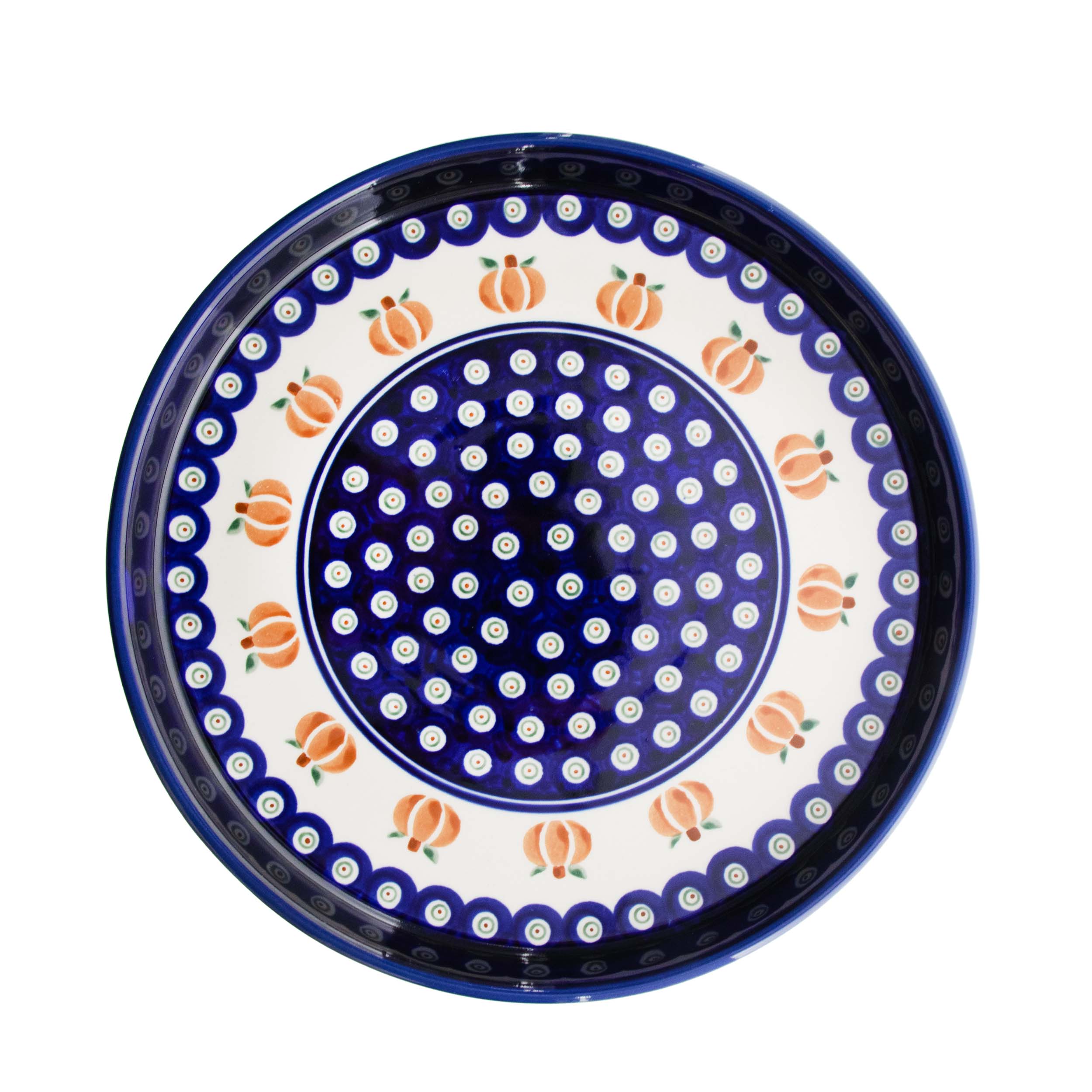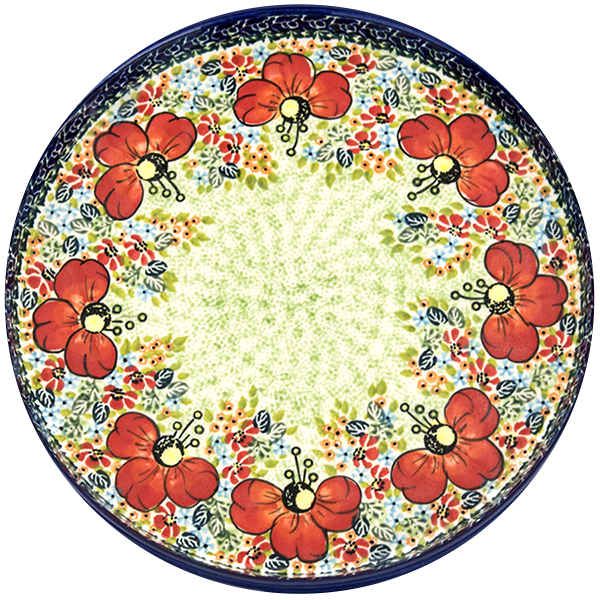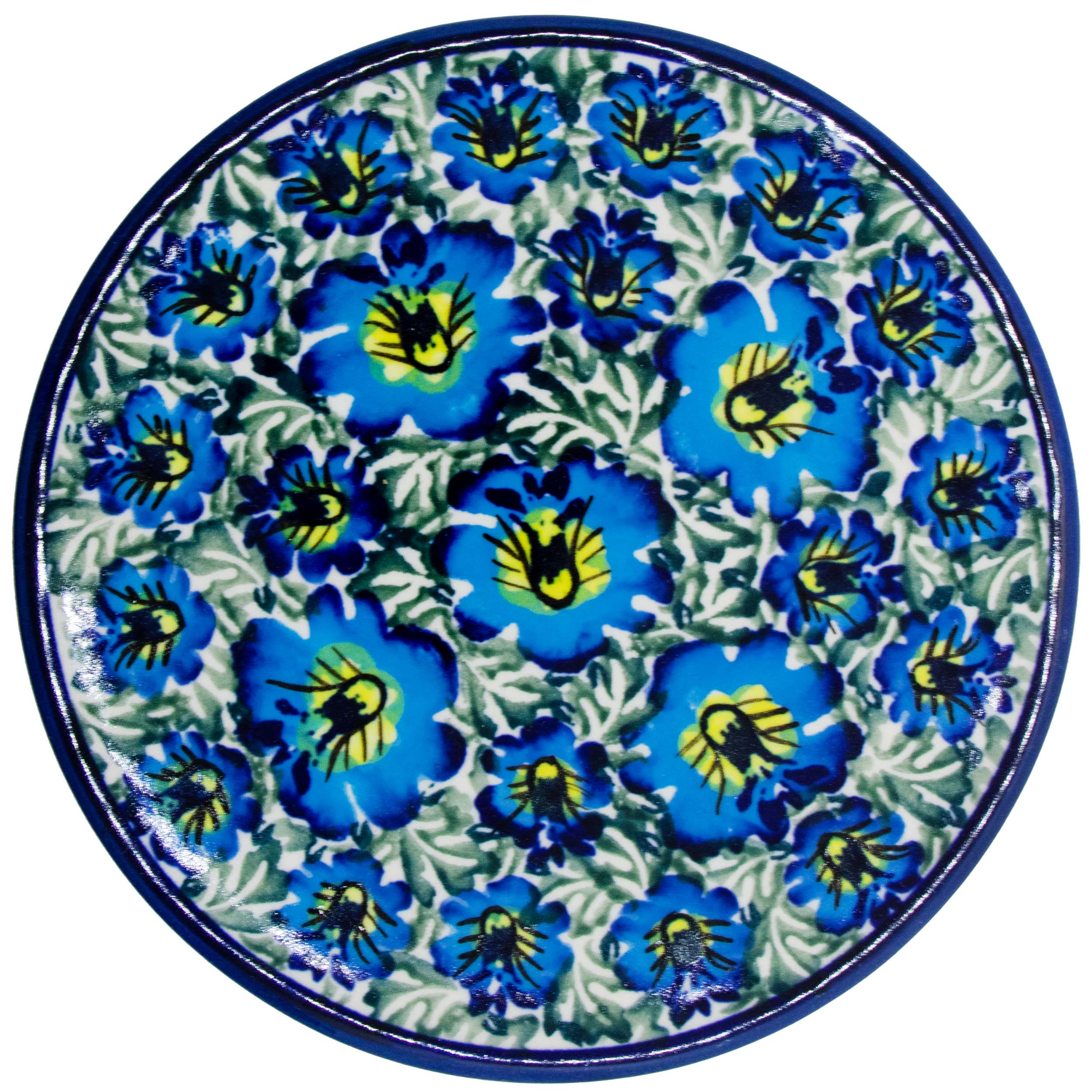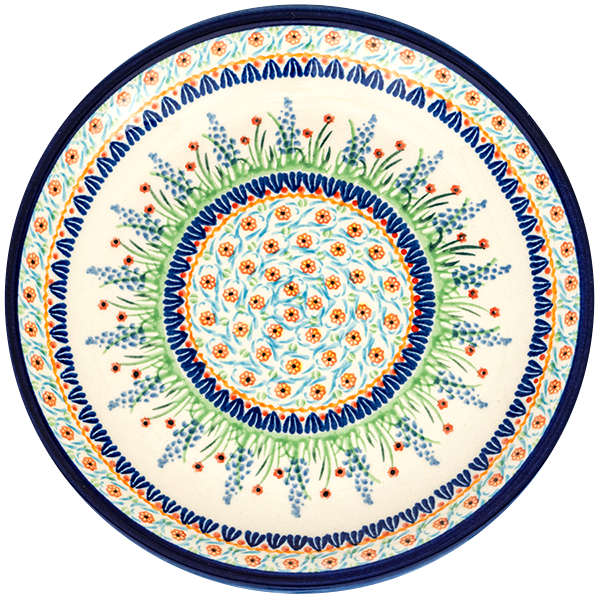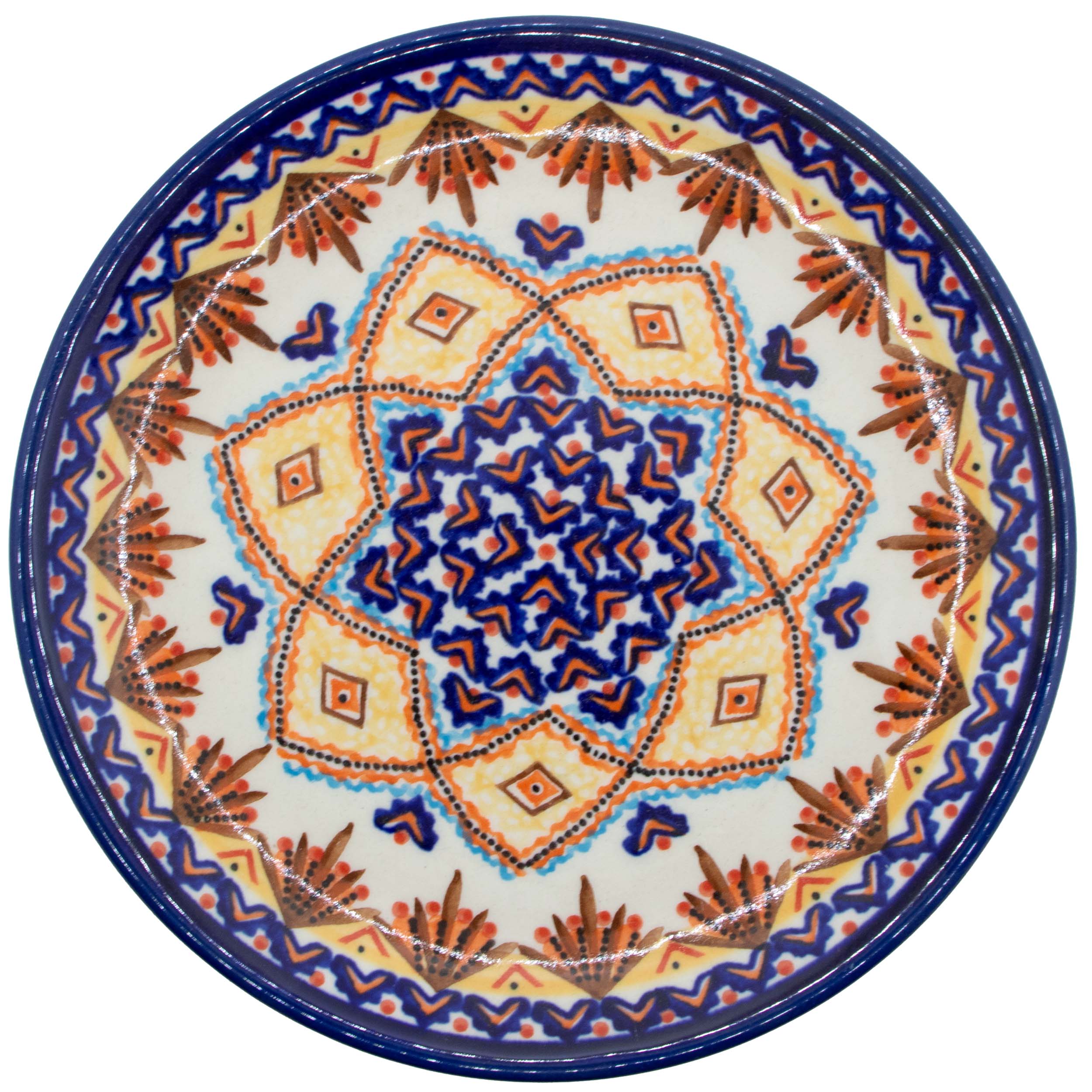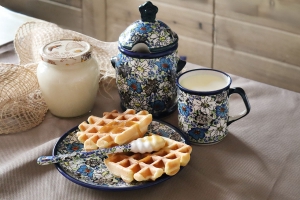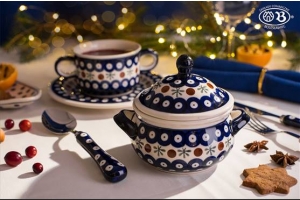The Detailed Guide to Polish Stoneware
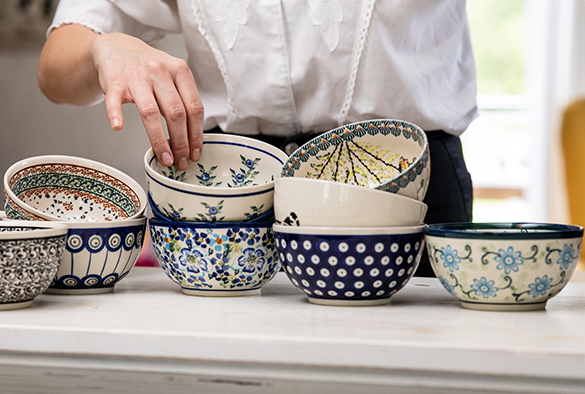
Polish pottery is a beautiful type of ceramics that has been made in Poland for hundreds of years. It is known for its unique designs and patterns, as well as its vibrant colors. Each piece of Polish pottery is handcrafted and hand-painted, making it a true work of art.
The exquisite art of artisan Polish pottery (called ceramika artystyczna in Polish) has been crafted in Poland for countless generations, dazzling admirers with its remarkable patterns and extraordinary designs. Its lively and vibrant hues are simply breathtaking. Every single piece of this remarkable pottery is meticulously handcrafted and intricately hand-painted, ensuring that each creation is truly a masterpiece.
Key Takeaways:
- Polish pottery, originating from the town of Boleslawiec, has a rich history dating back to the 14th century. The pottery is made from local, durable, and heat-resistant clay, and each unique piece is handcrafted and hand-painted using floral, geometric, and abstract motifs.
- The pottery is characterized by its intricate designs and high-quality ceramic material. Floral motifs are especially popular, adding a touch of elegance, and the ceramic used is resistant to chipping and cracking.
- There are a few ways to tell if you have authentic Polish pottery: look for the official logo of the region, examine the quality of the craftsmanship, and feel the weight of the piece. Moreover, traditional Polish pottery and UNIKAT Polish pottery can be distinguished by their stamps.
- Polish pottery is not only a beautiful addition to any home, but it also supports local artisans and traditional industry in Poland. Although it might seem expensive, its quality, uniqueness, and cultural significance justify the investment.
History and Origins
Traditional Boleslawiec Pottery
Polish pottery is a wonderful tradition that has a rich history that dates back to the 14th century. The town of Boleslawiec in Poland is considered the heart of traditional Polish pottery. The pottery pieces were initially decorated with simple designs, but as the craft evolved, more intricate patterns emerged. The characteristic blue and white designs, often featuring dots, stars, and geometric shapes, became synonymous with Polish pottery.
The local clay, found abundantly in the region, played a significant role in the development of this craft. The natural clay is known for its durability and heat resistance, making it ideal for cooking and baking purposes.
Over the centuries, Boleslawiec pottery attracted attention not only for its functionality but also for its distinctive style. The art of creating Polish pottery involves a combination of hand-painting and stamping techniques. The designs often feature vibrant colors and floral motifs inspired by the natural beauty of the region.
Despite wars and political changes throughout its history, the tradition of Polish pottery in Boleslawiec persevered. Today, the town is home to numerous pottery workshops and manufacturers, where artisans continue to create these beautiful pieces by hand. Each pottery piece is unique, as it undergoes a meticulous process that includes shaping, painting, glazing, and firing.
Characteristics of Polish Pottery
Unique Designs and Patterns
One of the standout features of Polish pottery is its intricate designs and patterns, especially featuring peacocks. From floral motifs or animals to abstract patterns, each piece tells a story. The symbolism behind Polish pottery designs is a whole different story. The designs are often inspired by nature and the artistic heritage of Poland.
The intricate designs and patterns found in Polish pottery are a testament to the rich artistic heritage of Poland. Each piece is carefully handcrafted by skilled artisans who draw inspiration from the beauty of nature and traditional Polish motifs.
One of the most popular design elements in Polish pottery is floral motifs. Delicate flowers like roses, tulips, and daisies are frequently depicted in vibrant colors. These intricate floral designs add a touch of elegance and beauty to the pottery, making it a favorite among collectors and admirers of fine craftsmanship.
In addition to floral motifs, Polish pottery also features abstract patterns that showcase the creativity and artistry of the craftsmen. These abstract designs often include geometric shapes, swirls, and intricate lines. The combination of these elements creates a unique and visually appealing pattern that is instantly recognizable as Polish pottery.
High-Quality Ceramic Material
Polish stoneware is known for its durability and resistance to chipping and cracking. The type of ceramic material used in Polish pottery is of the highest quality, ensuring that each piece is long-lasting and beautiful.
Polish pottery is also recognized for its hand-painted and stamped designs, often consisting of intricate floral, animal motifs or geometric patterns. These designs are meticulously applied by skilled artisans, resulting in vibrant and detailed artwork on each piece. This is the true beauty of Polish pottery.
The process of making Polish pottery involves shaping the stoneware clay on a potter's wheel or through hand molding. After the desired shape is achieved, the piece is fired at high temperatures to create a strong and durable product. The firing process also gives the pottery its characteristic glaze, which not only enhances its appearance but also adds a layer of protection against stains and scratches.
Handcrafted and Hand-Painted
Every piece of Polish pottery is carefully handcrafted and hand-painted by skilled artisans. This attention to detail and craftsmanship adds to the uniqueness and beauty of each piece. The process of creating Polish pottery involves several steps.
- First, the raw clay is shaped into various forms, such as plates, bowls, or mugs. Skilled artisans use their hands or molds to carefully shape the clay and create the desired design.
- Once the pottery has been shaped, it is left to dry until it reaches the perfect consistency. This step is crucial to ensure that the pottery does not crack or warp during the firing process.
- After the drying stage, the pottery is fired in a kiln at high temperatures. This firing process transforms the clay into a durable and long-lasting material. It also gives the pottery its characteristic white color.
- Once the pottery has been fired, it is ready to be hand-painted. Skilled artisans use brushes to meticulously paint intricate designs onto the pottery. The paint used is made from natural pigments, which are then mixed with water to create vibrant colors.
- The artisans take great care in ensuring that each piece is painted with precision and attention to detail. They often follow traditional patterns and motifs, such as floral or geometrical designs. These designs are inspired by Polish folk art and reflect the rich cultural heritage of the region.
- After the painting is complete, the pottery undergoes a final firing to set the colors and make them permanent. This firing also gives the pottery a glossy finish, enhancing its beauty and durability.
The result is a unique and stunning piece of pottery that showcases the craftsmanship and artistic skills of the Polish artisans. Each piece is truly one-of-a-kind, with its own distinct pattern and charm.
Some Facts About Polish Pottery
Polish pottery, also known as Polish stoneware, is not just a kitchenware item. It's an embodiment of tradition and artistry. Let's start debunking some myths surrounding this beautiful craft.
- Polish pottery is delicate and fragile. In reality, it is extremely durable. Polish pottery is made of high-quality clay known for its sturdiness. It can withstand high oven temperatures, making it perfect for everyday use.
- Polish pottery is exclusively hand-painted. While it is true that every piece is decorated by hand, the process involves stamping the patterns onto the clay, guaranteeing consistency and precision.
- Polish pottery can be expensive. Yes, it may have a higher price tag compared to other kitchenware items, but its quality and uniqueness justify the investment.
How to Identify Polish Pottery – 3 Key Features
Polish pottery is a beautiful and unique type of ceramics that has been made in Poland for hundreds of years. It is known for its vibrant colors, intricate designs, and high-quality ceramic material. Polish pottery is handcrafted using a unique technique called the "sponge-stamp method." This process involves dipping a sponge stamp into the paint and then pressing it onto the ceramic surface to create intricate patterns and designs. The result is a stunning mix of floral, geometric, and abstract motifs.
- One of the key features of Polish pottery is its vibrant color palette. The ceramics are usually adorned with rich blues, greens, yellows, and reds, which are achieved using lead-free glazes. These colors are then applied to the clay body and fired at high temperatures, resulting in a durable and glossy finish.
- Another distinguishing characteristic of Polish pottery is its high-quality ceramic material. The pottery is made from a special type of clay that is found in the Bolesławiec area of Poland. This clay has unique properties that make it highly resistant to chipping and cracking, ensuring that the pottery is not only beautiful but also long-lasting.
- Polish pottery is highly versatile and can be used for a variety of purposes. It is commonly used as dinnerware, serving platters, and baking dishes. Its durable nature allows it to withstand high temperatures, making it suitable for use in ovens, microwaves, and dishwashers.
How to spot authentic Boleslawiec pottery?
If you are a fan of Polish stoneware, then you know the allure of authentic Boleslawiec pottery. But how can you be sure that what you are purchasing is the real deal? Well, fear not! There are a few key ways to spot genuine Boleslawiec pottery.
First, look for the stamp of approval. Authentic Polish pottery will have the official logo of the region, ensuring its authenticity.
Second, examine the craftsmanship. True Boleslawiec pottery is meticulously hand-painted with intricate designs and vibrant colors. The quality is unmatched.
Finally, feel the weight. Authentic Boleslawiec pottery is known for its durability and hefty feel. It should be sturdy and solid in your hands.
The next time you are in the market for some beautiful Polish stoneware, keep these tips in mind. With a discerning eye and a little knowledge, you can confidently identify and proudly display authentic Boleslawiec pottery in your home.
How to Identify Polish Pottery
Traditional Vs. UNIKAT Polish Pottery
Traditional Polish pottery often features classic motifs and patterns, while UNIKAT Polish pottery is known for its one-of-a-kind designs. By examining the stamp on the pottery piece, you can determine whether it is traditional or UNIKAT pottery. The stamp on traditional Polish pottery often features the word "Poland" or "Made in Poland" along with the initials or logo of the specific manufacturer. The stamp may also include the word "Bolesławiec," which refers to the region in Poland known for producing traditional pottery.
On the other hand, UNIKAT Polish pottery is typically stamped with the word "UNIKAT" or "Unique" along with the manufacturer's logo or initials. This stamp signifies that the piece is a one-of-a-kind design.
Examining the stamp on a Polish pottery piece is a reliable way to determine whether it is traditional or UNIKAT. However, it is important to note that not all pottery pieces may have a stamp or that the absence of a stamp does not necessarily mean the piece is not authentic.
Can You Identify Fake Polish Pottery?
While Polish pottery has gained popularity, there are counterfeit versions in the market. To identify genuine Polish pottery, look for the stamp of the factory or the brand, as well as the pattern number. Additionally, authentic Polish pottery pieces are made from high-quality ceramic material and showcase excellent craftsmanship. Counterfeit versions of Polish pottery have become a prevalent issue in the market. To ensure that you are purchasing genuine Polish pottery, it is essential to be aware of some key identifiers.
- Factory or Brand Stamp: Genuine Polish pottery pieces will typically have a stamp or logo indicating the factory or brand that produced them. The stamp may vary depending on the manufacturer, but it is a good indicator of authenticity. Look for well-known Polish pottery brands such as Ceramika Artystyczna, Zaklady Ceramiczne Boleslawiec, or Wiza.
- Pattern Number: Another important identifier is the pattern number. Legitimate Polish pottery usually includes a pattern number, which is a unique identifier for the specific design. This number is often stamped or engraved on the bottom of the piece. It is advisable to research and familiarize yourself with the various patterns and their corresponding numbers to verify authenticity.
- Unique Imperfections: Handmade pottery can have unique imperfections that are a testament to its authenticity. Look for slight variations in patterns, brushstrokes, or glaze, as these differences can often indicate that the piece was crafted by hand.
It is important to note that while these identifiers can help you identify genuine Polish pottery, counterfeiters are constantly improving their techniques. If you are unsure about a piece's authenticity, it is advisable to purchase from reputable sellers or certified Polish pottery retailers.
Final Thoughts
Polish pottery is a true work of art that adds elegance and beauty to any home. Whether you're a seasoned collector or new to the world of Polish pottery, it's a worthwhile investment that will be treasured for years to come. Polish pottery, also known as Polish Stoneware, is famous for its intricate hand-painted designs and vibrant colors. Each piece is individually crafted by skilled artisans in Poland, making it a truly unique and special addition to any home décor.
Polish pottery holds cultural and historical significance. It is deeply rooted in Polish tradition and has been a part of Polish culture for centuries. The unique motifs and patterns often reflect local folklore, nature, and traditional symbols, making each piece a reflection of the country's rich heritage.
Investing in handmade and hand-painted Polish pottery not only adds beauty to your home but also supports local artisans and craftsmen. By purchasing these handmade pieces, you contribute to the preservation of a centuries-old art form and help sustain a traditional industry.




